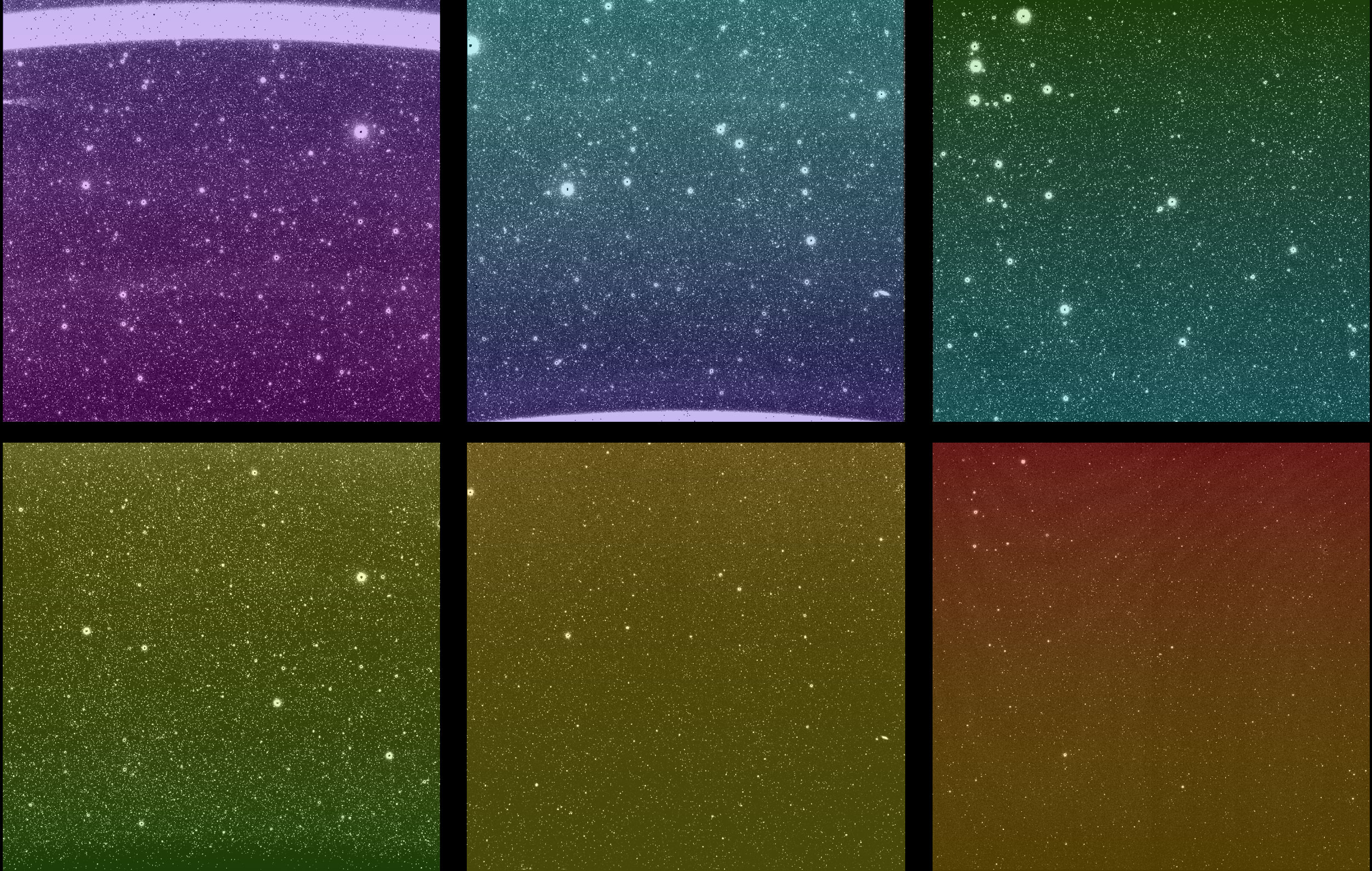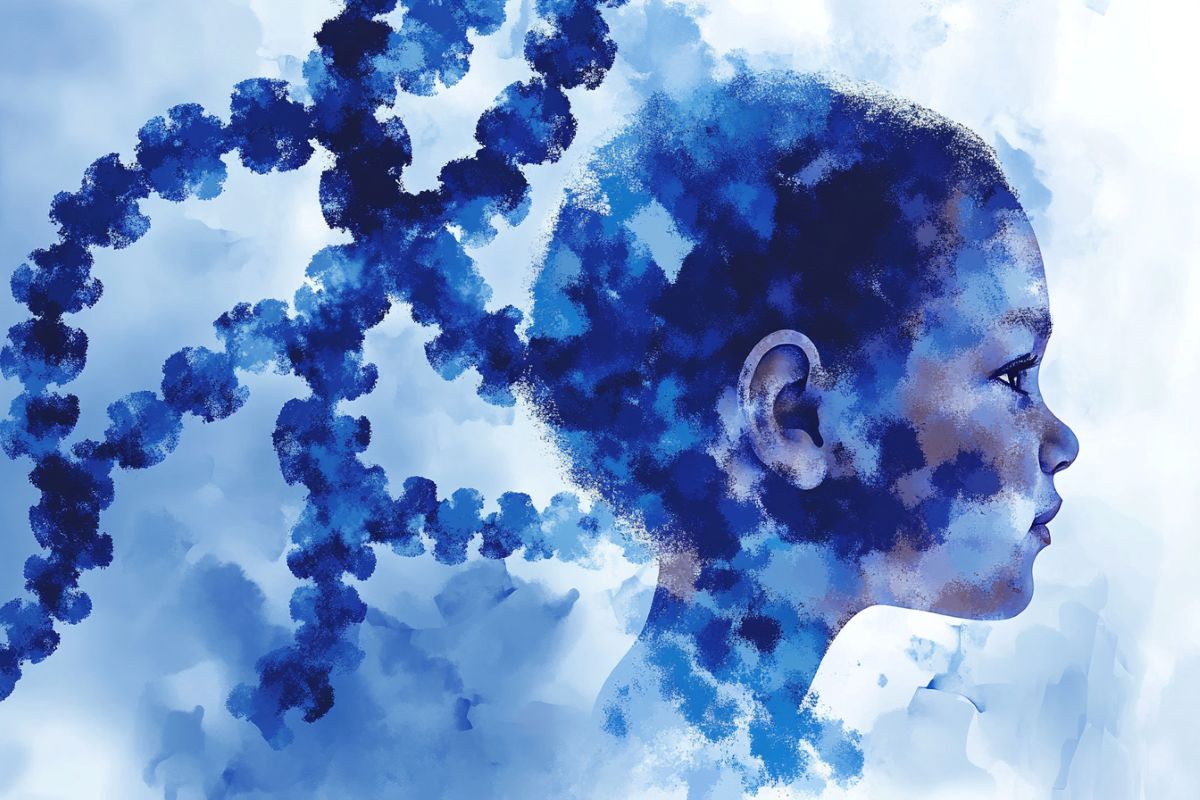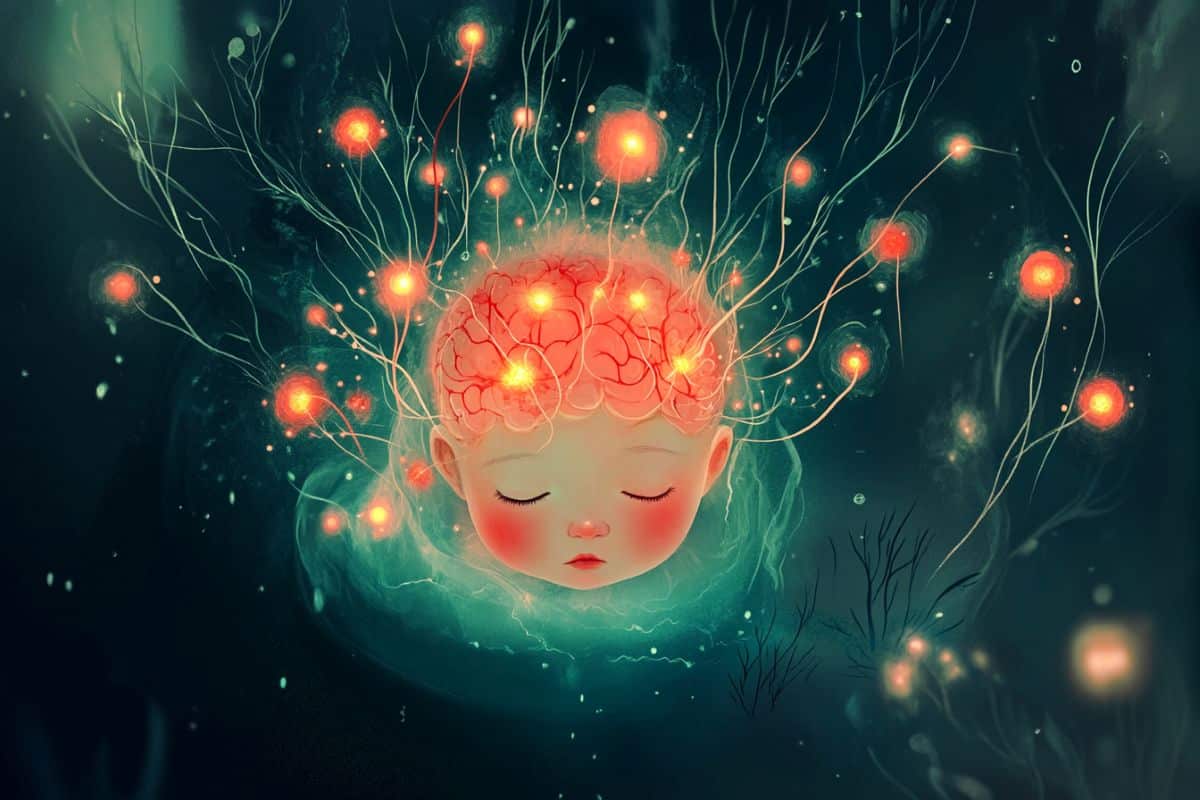A team of American and British scientists has developed a groundbreaking video camera that enables individuals to experience the world as animals do, revolutionizing the way we perceive and capture images.
While human beings have a more acute sense of vision than most animals, the unique capabilities of the photoreceptors in their eyes result in varying perceptions of colors across different species. For instance, some birds have the ability to see ultraviolet light, which falls outside the range of human perception.
The newly invented camera records video in four distinct color channels: blue, green, red, and ultraviolet, as detailed in a paper published in the PLOS Biology journal. Subsequently, the data is processed to create approximations of “perceivable units” for different animals, drawing from existing knowledge about the photoreceptors in their eyes.
The scientists behind this innovative camera, Daniel Hanley, an associate professor of biology at George Mason University, and Vera Vasas, a biologist at the Queen Mary University of London, explained that the camera’s optical component reflects UV light in a manner similar to a mirror while allowing visible light to pass through much like clear glass does. This feature enables the system to capture light from the four distinct wavelength regions simultaneously: ultraviolet, blue, green, and red.
The resulting pipeline offers viewers the ability to effortlessly switch between cameras and lenses or to visualize color appearances for diverse animal viewers, enhancing our understanding of how various species perceive the world.
By sharing their methods and software codes, the scientists hope to inspire others to replicate the camera, as all parts required are commercially available. They expressed optimism that this will accelerate development for the benefit of all parties involved.
Additionally, the researchers envision a wide range of potential applications for their camera, underscoring the exciting prospects that lie ahead in the field of animal perception. The ability to capture and display animal-perceived colors in motion could have significant implications for ecologists and filmmakers, shedding light on the wealth of information present in the natural world that has yet to be fully comprehended and appreciated.














![watchOS 11.4 now to be had with 3 new options for Apple Watch [U: Back] watchOS 11.4 now to be had with 3 new options for Apple Watch [U: Back]](https://9to5mac.com/wp-content/uploads/sites/6/2025/01/watchOS-11.4-hero.jpg?quality=82&strip=all&w=1600)